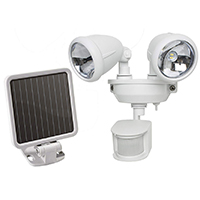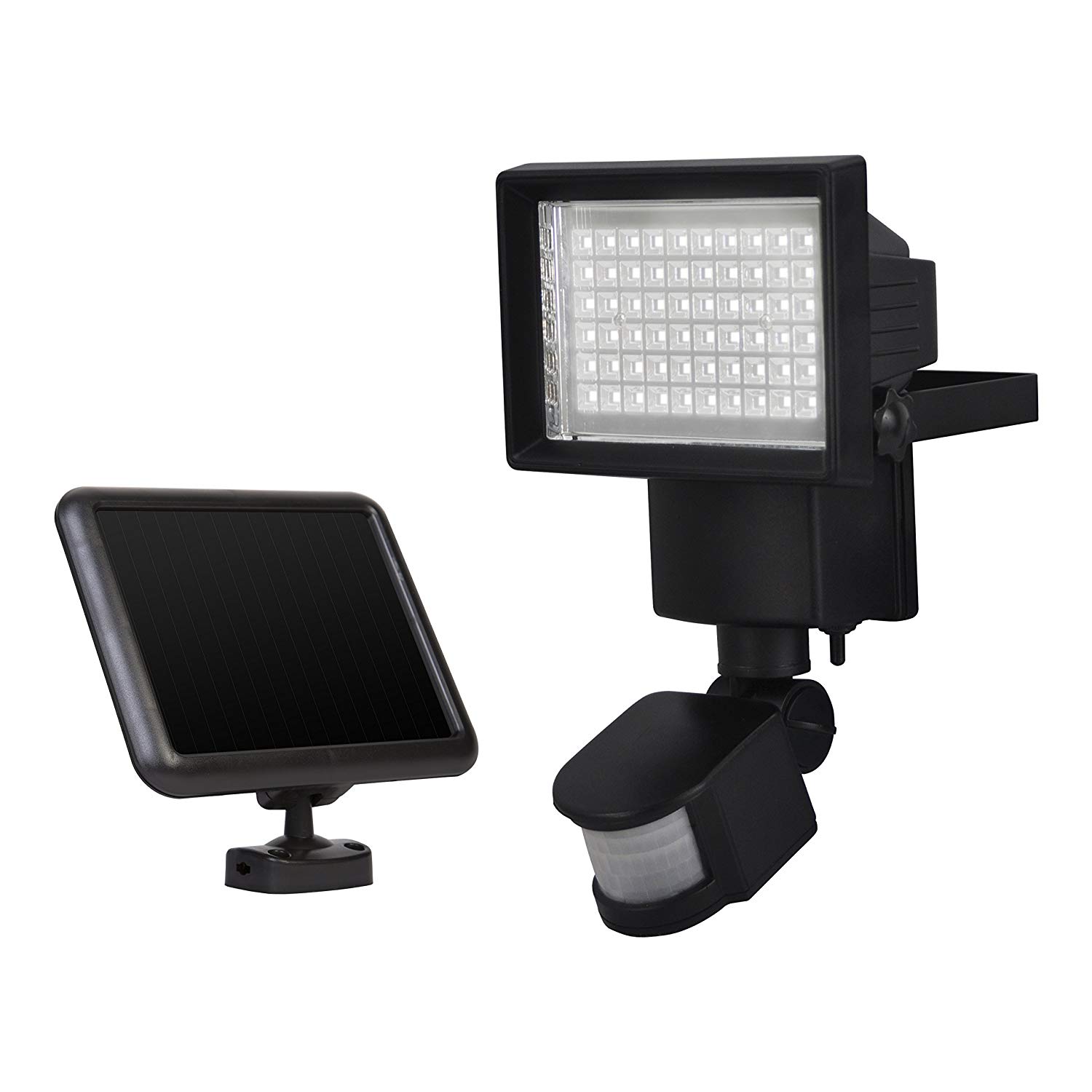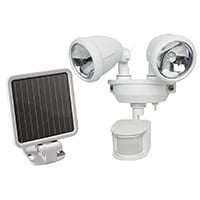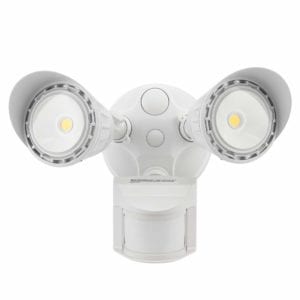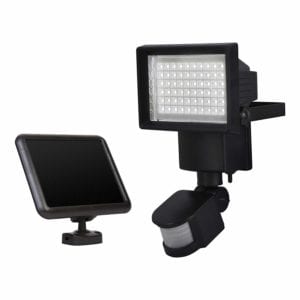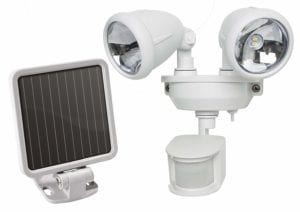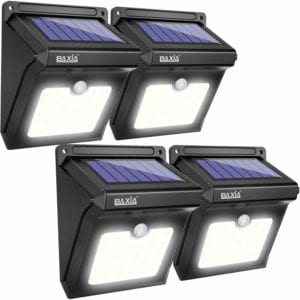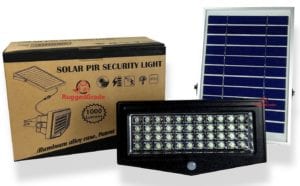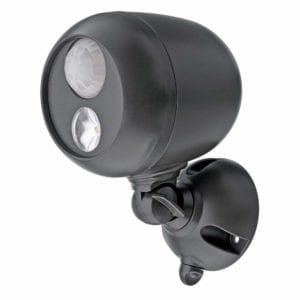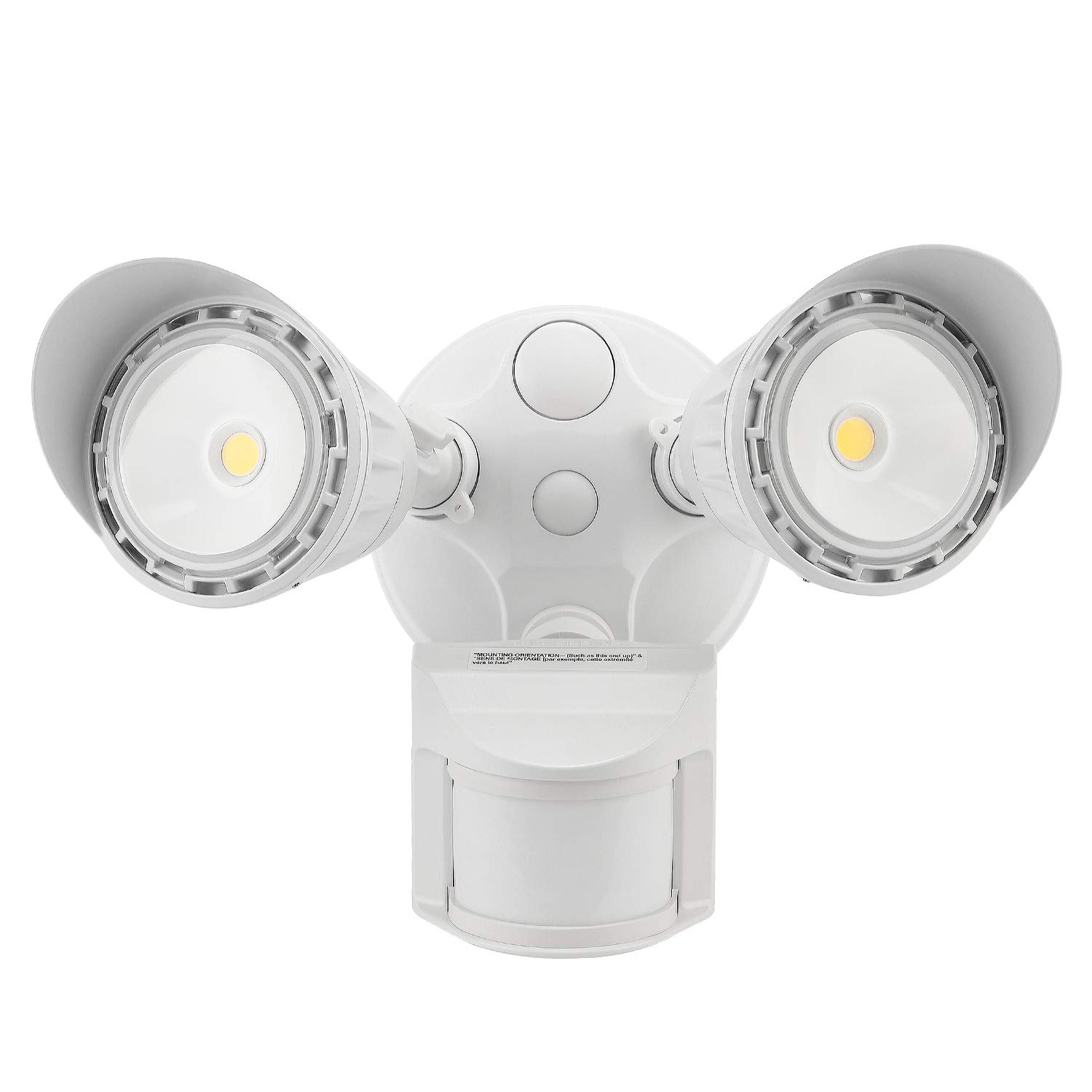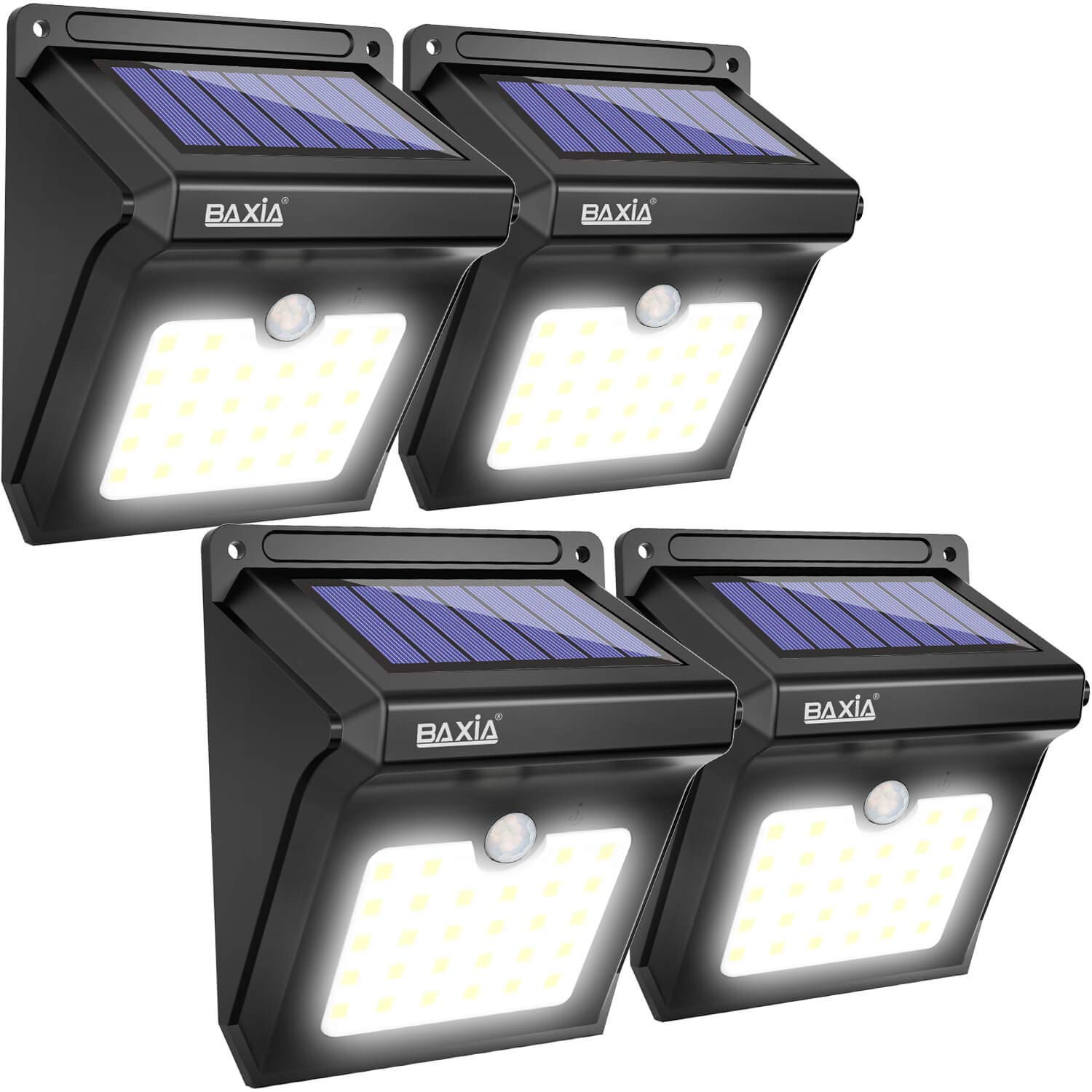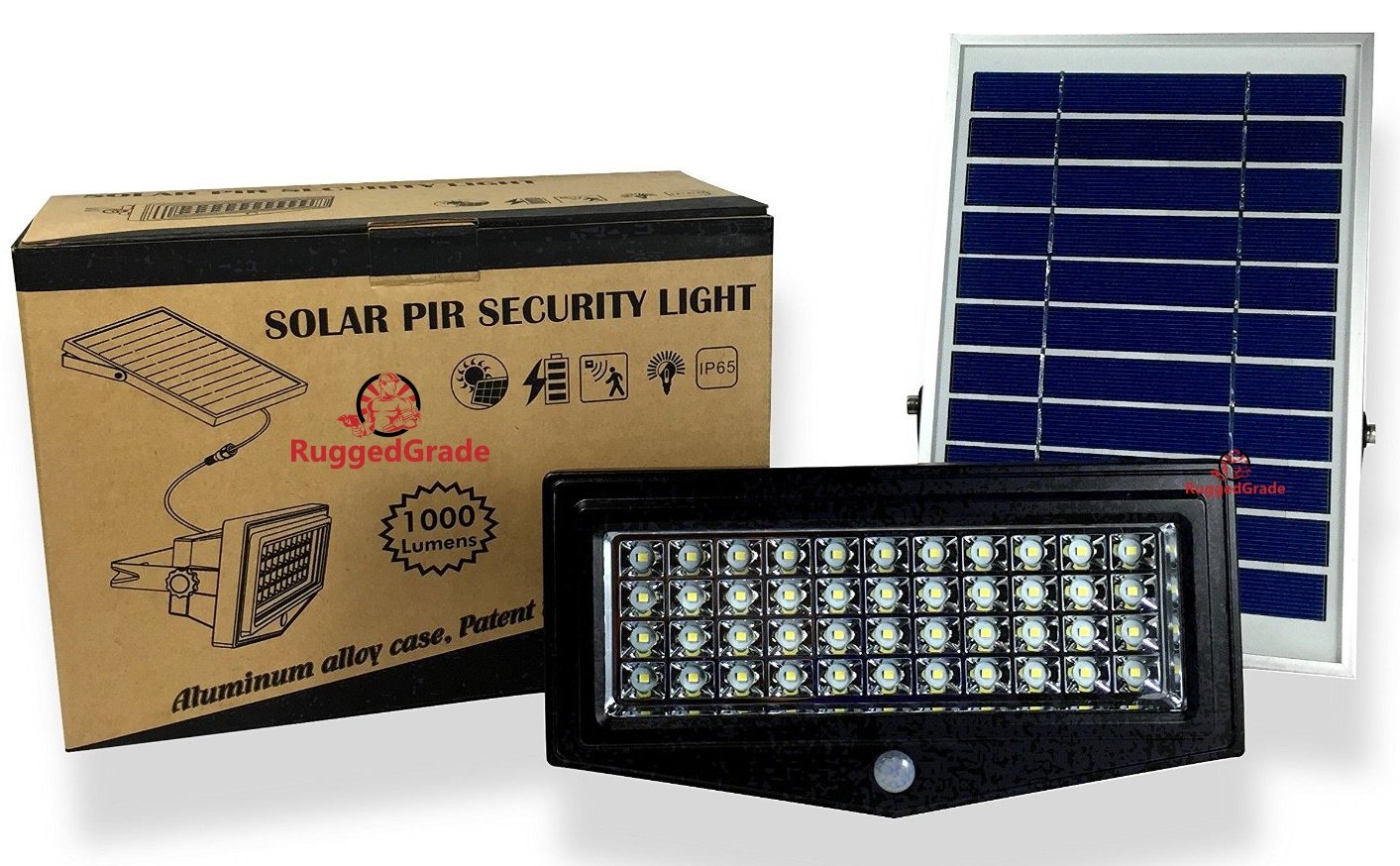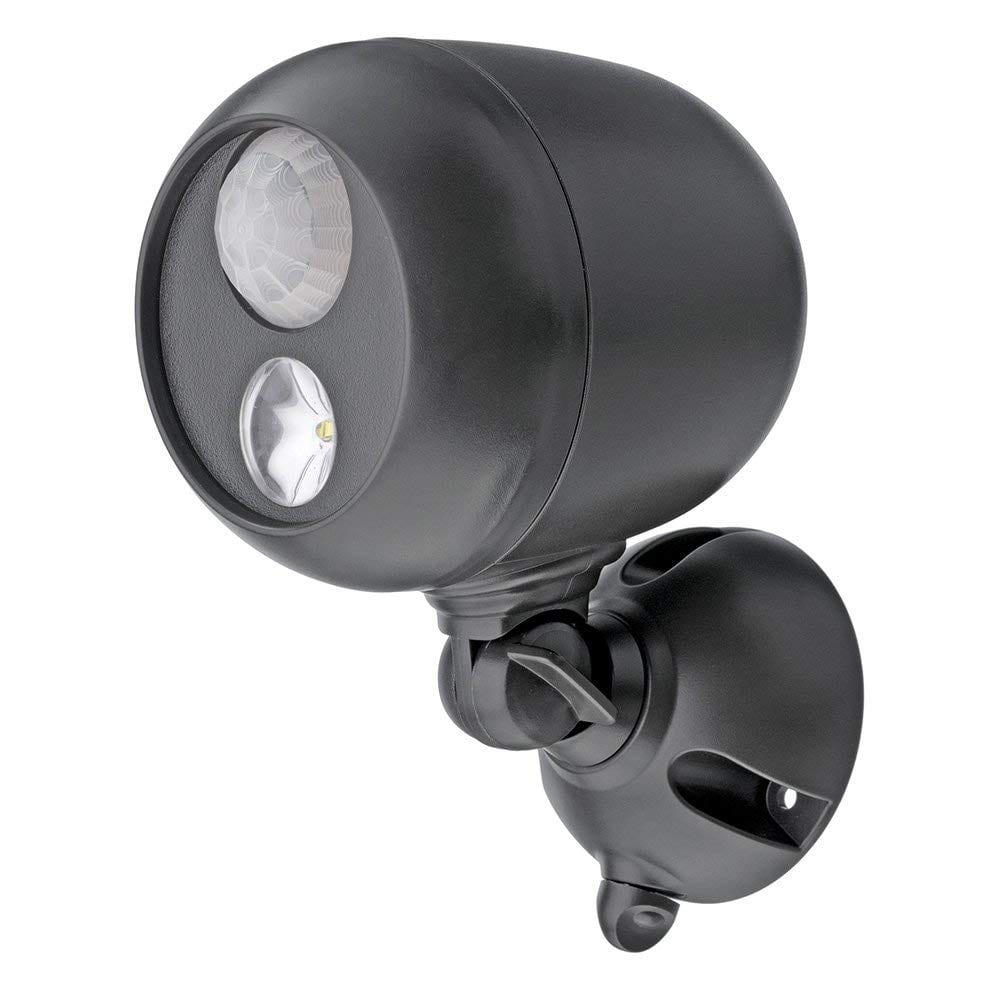Home automation takes the mundane, day-to-day activities involved in managing your home and leaves them to a computer, freeing you up to kick back and relax. Once a staple of science fiction fantasies and luxury homes, over the past decade home automation has become a realistic option for the average American homeowner. With this in mind, the home-automation experts at SafeWise have put together a room-by-room guide to home automation with a brief history, explanation of common features, and projection of future trends unique to today’s home automation systems.
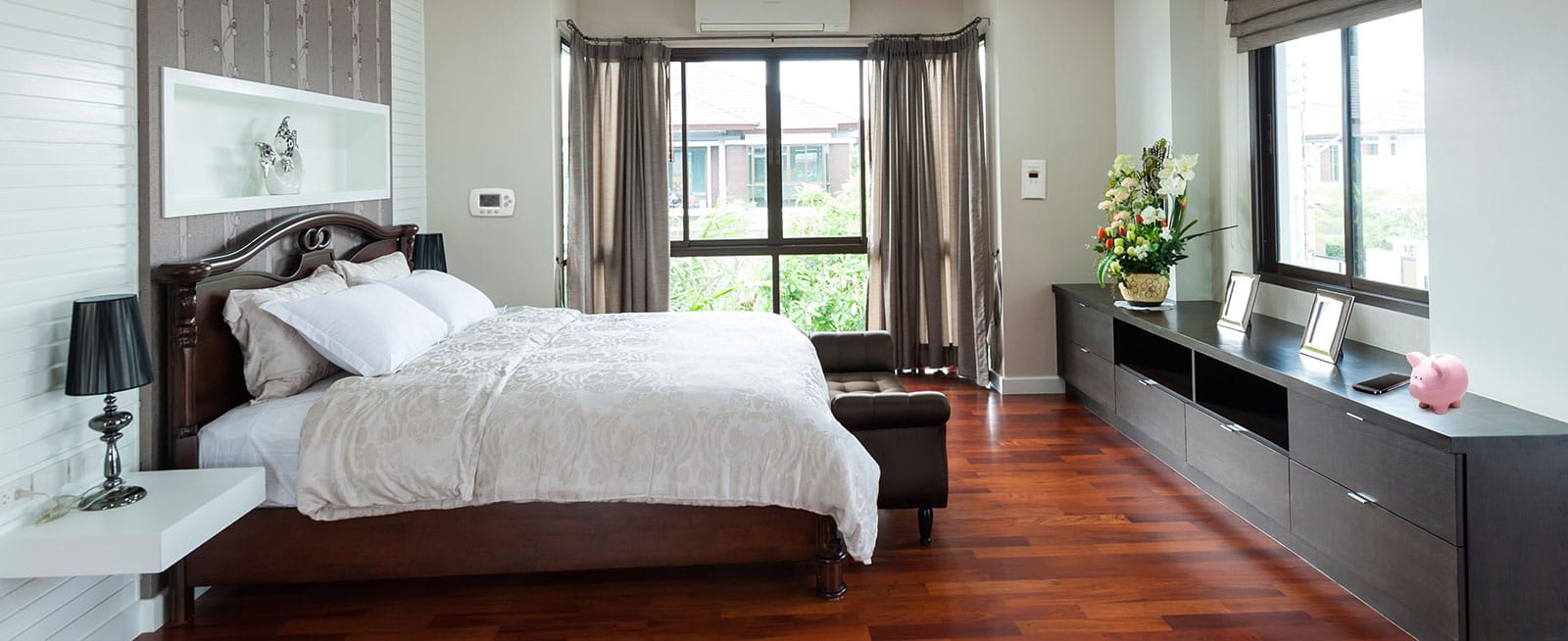
Bedroom
Lights. Not only can you turn your lights on or off without getting up from the couch, but you can even control their color and brightness from anywhere with an Internet connection. Switch on your front porch light and the path lighting along your front walk before you leave the office, so you’re not fumbling around in the dark when you get home.
Thermostats. Make sure the temperature in your home is exactly how you want it, even if you’re in an airport half a world away. After a while, your home’s Learning Technology will start to understand your habits and will eventually adapt your indoor climate to match your preferences.
Motorized Control. Anything that moves can be controlled through home automation. Adjust the curtains, shades or blinds to keep the late afternoon sun out of your eyes without getting up. Fold up your Murphy bed without having to bend or stoop over.
Carbon Monoxide Detectors. Your home automation system can detect increased levels of carbon monoxide in the air and set off an alarm if you’re in danger. It’s a far more reliable method than the old, standalone detectors from the hardware store—you’ll never have to worry about the alarm failing because of a dead nine-volt battery.
Universal Remote. Dump all your clunky remote controls in the trash. You’ll be able to control all the systems in your home from a single controller—often your smart phone.
Piggy Bank Monitoring. You don’t have to break open that piggy bank to find out how much is inside it. Track your savings, and get alerts if anyone tries to shake loose a few coins.
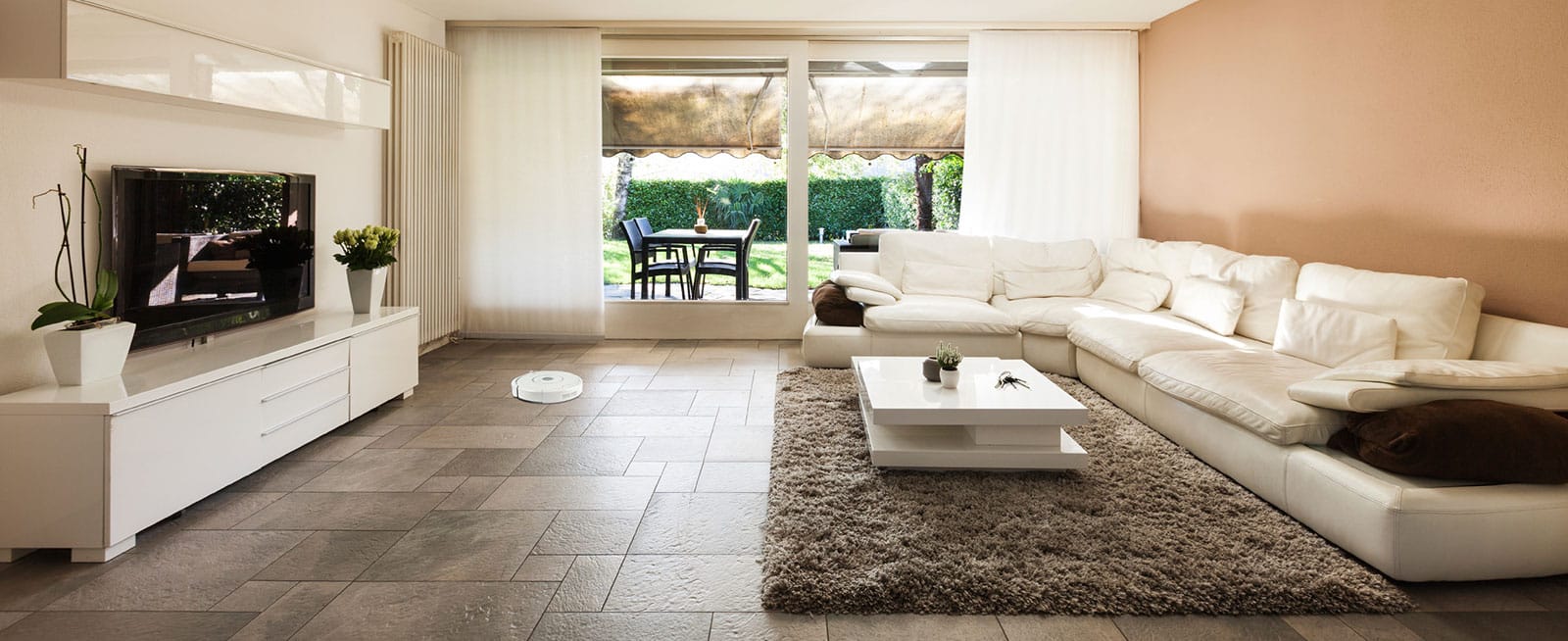
Living Room
Inter-Device Communication. All your devices—phone, laptop, TV, entertainment system—will be able to talk to each other, creating a seamlessly interconnected media and communications network inside your home.
Robotics. Teach your home how and when to clean itself by integrating robotic technology—like pool cleaners, window washers and Roombas—into your home automation system.
Motorized Control. Anything that moves can be controlled through home automation. Adjust the curtains, shades or blinds to keep the late afternoon sun out of your eyes without getting up. Fold up your Murphy bed without having to bend or stoop over.
Keys/Device Location. Forget where you left your keys? How about your phone? Not to worry—your house remembers. (They’re probably in your pocket. Go ahead and check.)
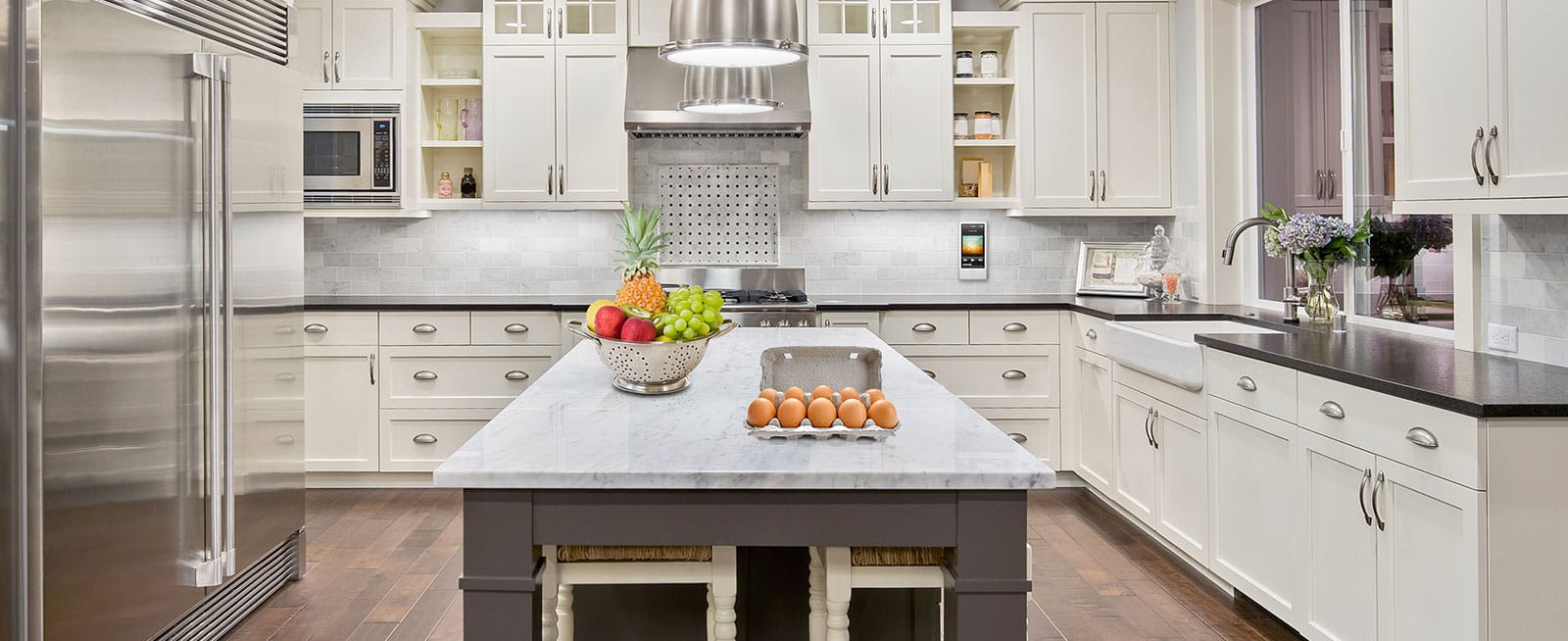
Kitchen
Fitness/Health. Track and sync your weight loss progress across your devices to keep you motivated. But be careful—your fridge just might start tweeting about your late-night snacking habits.
Energy Management. Home automation is the perfect tool for managing your family’s power consumption and making your entire home more energy efficient. Automatically switch off lights and appliances when not in use or during specific times of the day. Stop heating or cooling an empty house all day long and opt for a smarter approach to indoor climate control.
Lights. Not only can you turn your lights on or off without getting up from the couch, but you can even control their color and brightness from anywhere with an Internet connection. Switch on your front porch light and the path lighting along your front walk before you leave the office, so you’re not fumbling around in the dark when you get home.
Egg Monitoring. Just how old are these eggs? Are they starting to go bad? Let your home track that for you, and never wonder again.
Music. Sharing a home with people who don’t share your musical taste? Listen to something different in every room, as your home automation system can easily integrate satellite radio and streaming music services for your family’s entertainment pleasure.
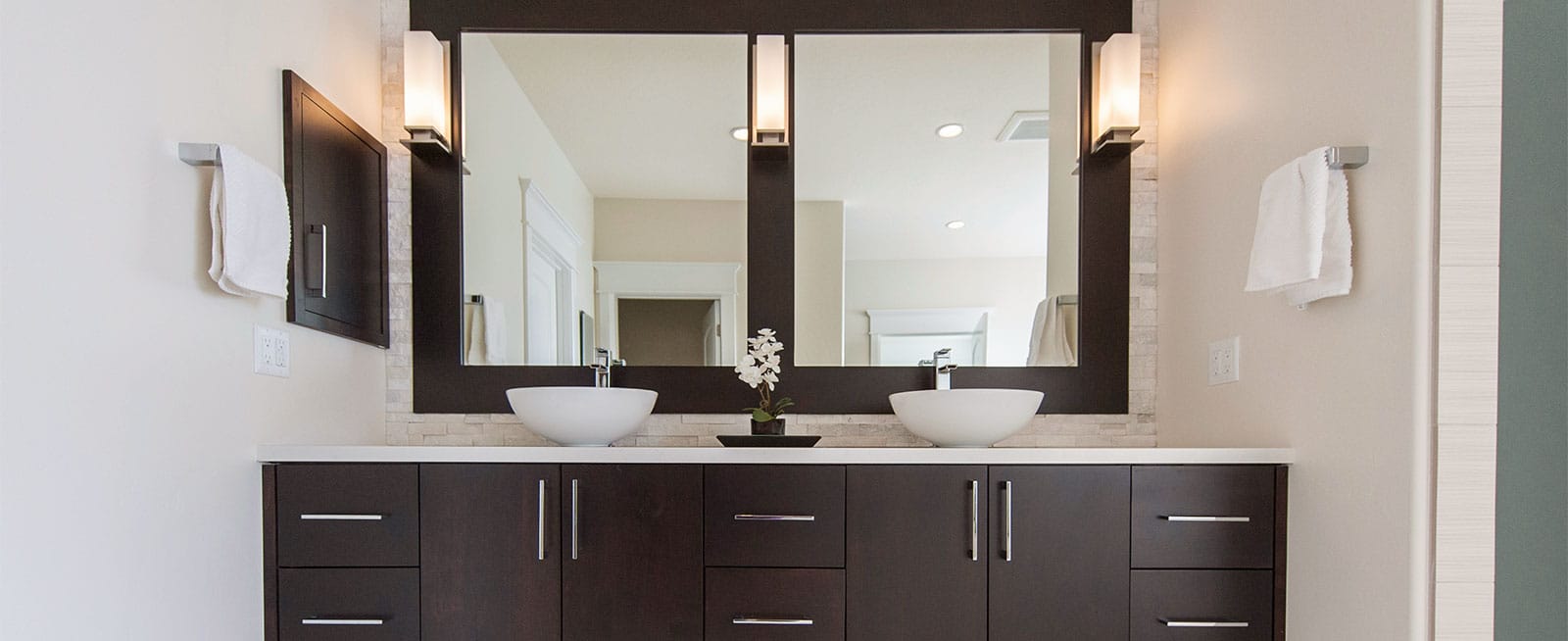
Bathroom
Outlet Controls. Outlet controls allow you to integrate any of your home’s older, “dumb” lights or appliances into a new automation system. Turn lights on and off remotely. Manage smaller, window-style air conditioner units. Monitor the amount of energy these appliances use, so you’ll know whether it makes sense to upgrade to more energy efficient models.
Lights. Not only can you turn your lights on or off without getting up from the couch, but you can even control their color and brightness from anywhere with an Internet connection. Switch on your front porch light and the path lighting along your front walk before you leave the office, so you’re not fumbling around in the dark when you get home.
Moisture Sensors. Not only can excessive moisture in your home lead to structural problems, but it can also contribute to the growth of mold, which can cause major health problems in some people. Moisture sensors can alert you to standing water and persistently damp areas in places you wouldn’t notice them, like inside the walls.
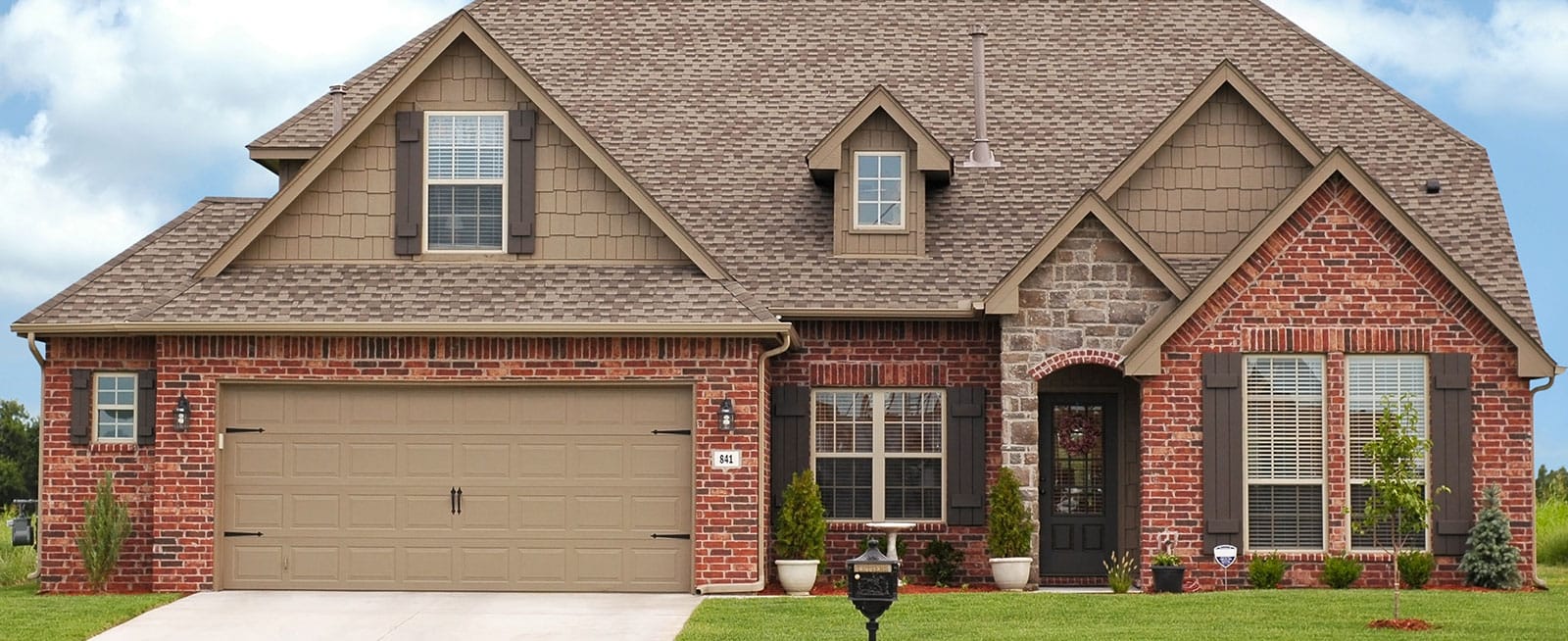
Exterior
Heating. Make sure your home is always evenly heated to exactly the right temperature. Your home’s Learning Technology will adapt to your wintertime temperature preferences, so you can always enjoy a perfectly cozy home without having to do anything at all. You can even add roof or sidewalk heaters to prevent icing and snow buildup.
Garage Door Control. Forget to close your garage door this morning when you left for work? Do it from the office, with a simple swipe of your smart phone. Problem solved.
Doors. Wonder who’s knocking at your door? Find out with a glance at the live security feed on your smart phone. Unlock the door for guests remotely—or lock it if it’s a stranger.
Doorbell Camera. See who’s at the door before you answer it, and never get stuck talking to a door-to-door vacuum cleaner salesman again.
Sprinkler Control. Wise water management can help save you money—and if you live in a drought-stricken area, it might even be mandatory. Home automation lets you turn your sprinklers on and off remotely, from inside the house or across the country. Check your water usage levels whenever you like. You can even add outdoor moisture sensors so your system will always know when the yard needs watering—and when it doesn’t.
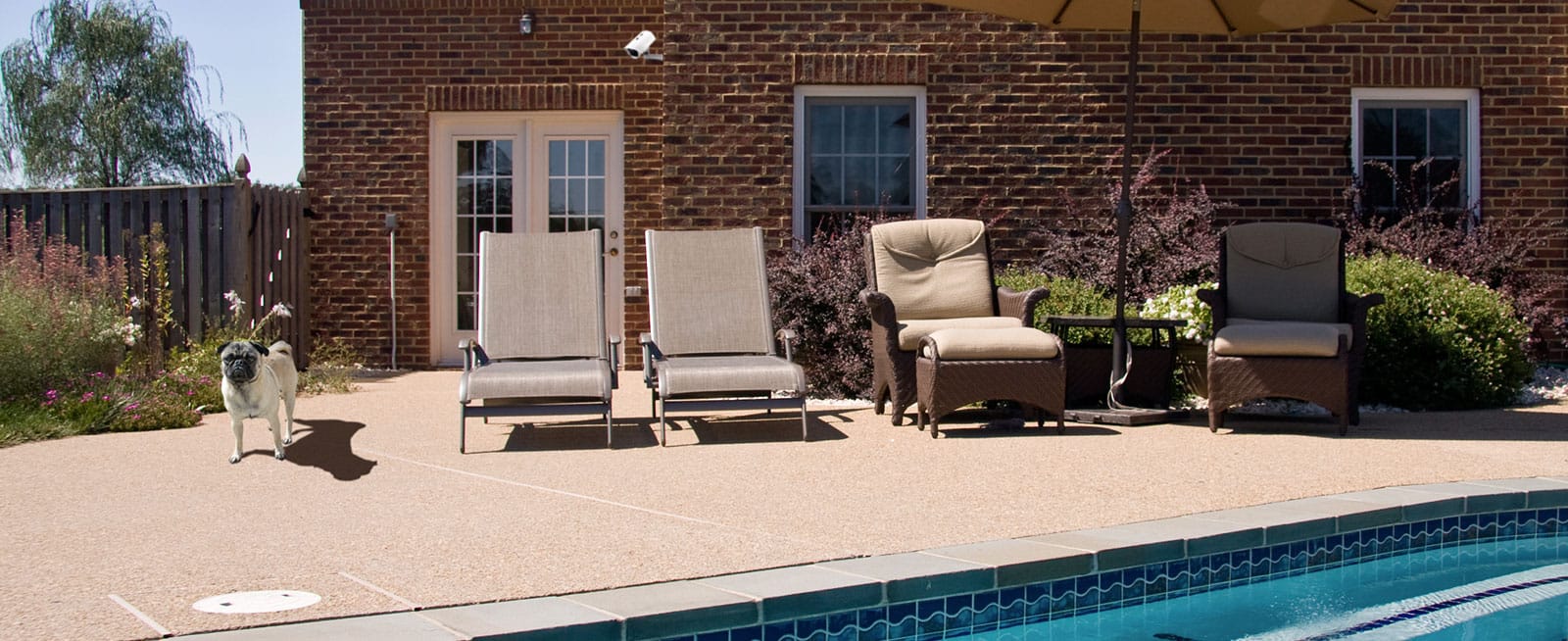
Backyard
Pets. Your pets should enjoy the benefits of home automation as much as you do. Connect a food dispenser to make sure they’re always fed on time. Set up a schedule for locking and unlocking the pet door to keep unwanted critters out. And know by just checking your phone whether they’re in the house, out in the yard, or digging up the neighbor’s flowers.
Door Sensors. Sensors will tell you immediately if a door is open or ajar, and will work with your home security system to alert your alarm company in the event of a home security breach.
Cameras. Was that a burglar or just a raccoon? Check the outside cameras via your tablet or smart phone and find out, without getting out of bed. Or check the interior cameras to look in on the place when you’re away.
Pool. Adjust the pool lighting before you take that late-night dip. Easily and automatically manage the pH level. And pool motion sensors help keeps small children safe by alerting you whenever something—or someone—falls in.
Glass Break Sensors. Are you sure you’d hear it if an intruder broke a downstairs window to get inside? Your home’s glass break sensors will make sure you know all about it, the moment it happens—and so will the police.
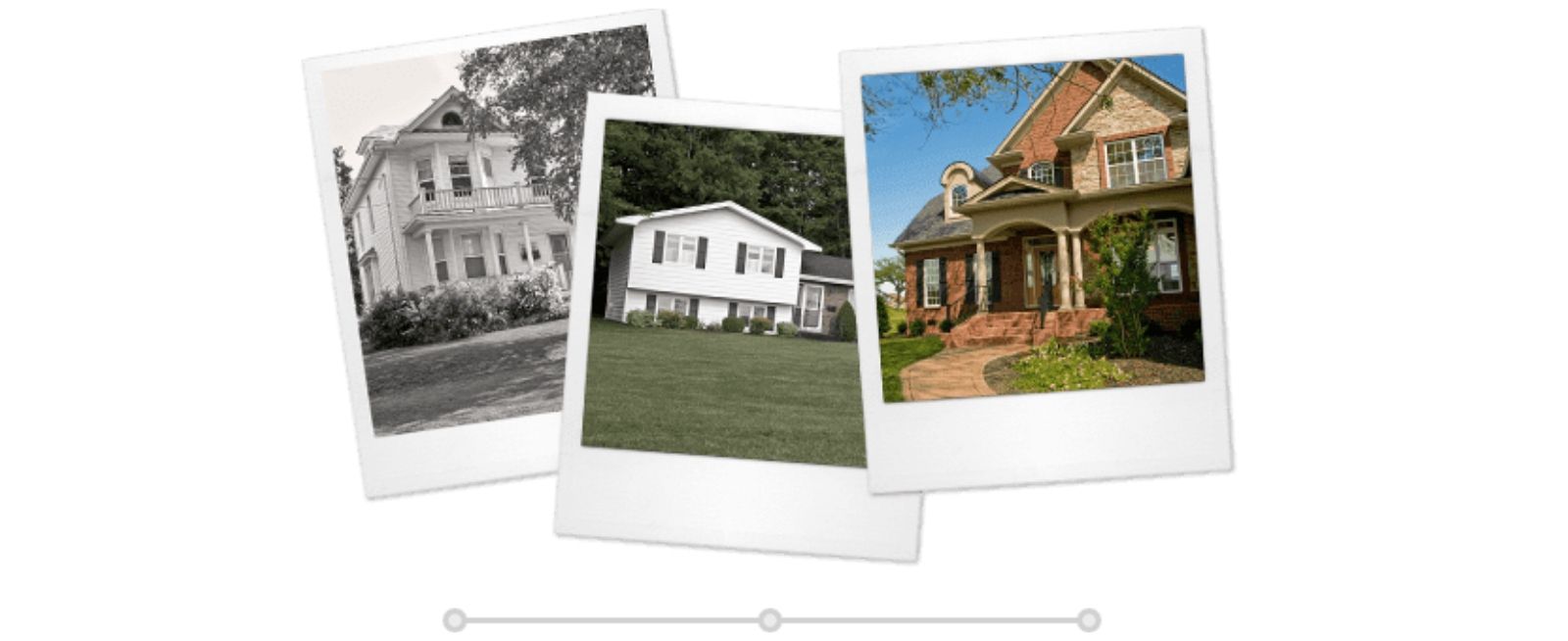
A Brief History of Home Automation
The idea of managing all the functions of a home with a centralized control system dates back to at least the beginning of the 20th century. The earliest working prototypes of automated houses debuted in the 1930s at World’s Fairs in Chicago and New York City, but those homes were never intended to be commercially available.1
It wasn’t until the invention of the microcontroller during the 1970s that marketing a fully-wired, “smart” home automation system became economically feasible.
With the growth of computer technology over the last fifteen years or so, the home automation industry has taken off.
- In 2012, the estimated value of the home-automation market was around $3.6 billion.2
- Smart-home device sales doubled the following year3, with 1.8 million new system installations nationwide.4
- Some analysts expect 12 million new residential system installations in 20164 and an estimated overall market value of as much as $16.4 billion by 2019.2
Indulge your inner control freak.
Control just about everything in your home… except your kids.
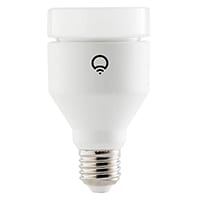
Lights
Today’s home automation systems make it easy for you to use your smartphone or tablet to control the lights in your home. You can switch on your lights and set them to an appropriate brightness, all while you’re away or lounging on your couch.

Entertainment
Some home automation systems also integrate entertainment. Set your TV’s recording schedule, manage your stored programs, and decide where to watch them, all from your smartphone, tablet, or laptop.
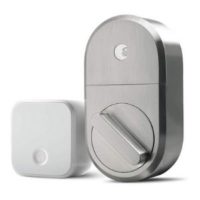
Locks and Security
A home automation system will allow you to check—and change, if necessary—the status of your locks and security system remotely. Also, many systems allow remote monitoring of your home security cameras.

Temperature
Use your home automation app to raise the temperature in the house a few degrees so you can stay comfy. Not only will you feel more comfortable, but you’ll also enjoy the pleasure of a lower energy bill.
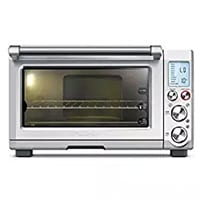
Appliances
With home automation, you can easily change the oven temperature, for example, while you’re relaxing in the back yard or watching a movie in the den thanks to wireless technology, smart outlets, and a smartphone app.
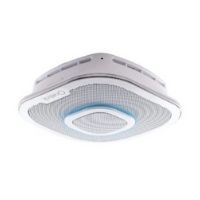
Home Hazards
Your home automation system can detect increased levels of carbon monoxide in the air and set off an alarm if you’re in danger. It’s a far more reliable method than the old, standalone detectors from the hardware store.
How to Get Started with Home Automation
But hold on a minute—automating your home isn’t as simple as just downloading an app. It’ll take a little more than that to get started.
1. Smart Hub. For one thing, you’ll need a controller. Today’s home automation systems can usually be managed straight from your tablet or smartphone, but some do still require the installation of a centralized hub, or control panel somewhere in your home.
2. Network Connection. You’ll also need access to a network in order to send messages from your controller to your home’s devices. Most home automation systems either use Wi-Fi or a simple Bluetooth connection. This, of course, depends on how you plan to use your system. For example, if you think you’ll want to interact with your devices while at work, a Bluetooth connection won’t cut it.
3. Compatible Devices. Finally, your devices will need some way to receive your instructions. For some, this isn’t an issue: today’s home entertainment systems often have Wi-Fi connectivity built right in before the components leave the factory. But for others—like, say, lights—you’ll need either smart outlets or smart lightbulbs to integrate them into your home’s automation system. That may seem like a lot of work, but honestly, it isn’t. The bottom line is that if you’ve got Wi-Fi in your home and a smartphone in your pocket, you’re already most of the way there.
So, What Does the Future of Home Automation Look Like?
You can’t talk about the future of home automation without mentioning the Internet of Things (IoT). That’s the catch-all phrase for the trend toward embedding sensors and microchips in everyday objects in a way that allows them to be connected to a network—like, say, the Internet. With the Internet of Things, your washing machine, for example, can send an alert to your phone when it’s time to move your clothes over to the dryer.
In just 40 years, complete home automation systems have gone from high-tech curiosities to affordable and accessible modern home conveniences. They’re so simple now that just about anyone can take advantage of home automation to simplify their lives and enjoy what was once a luxury of the wealthy and tech-savvy. In another 40 years, we’ll wonder how we ever lived without them.
Note: Home automation features will vary depending on the system chosen.
The post Room-by-Room Guide to Home Automation appeared first on SafeWise.

